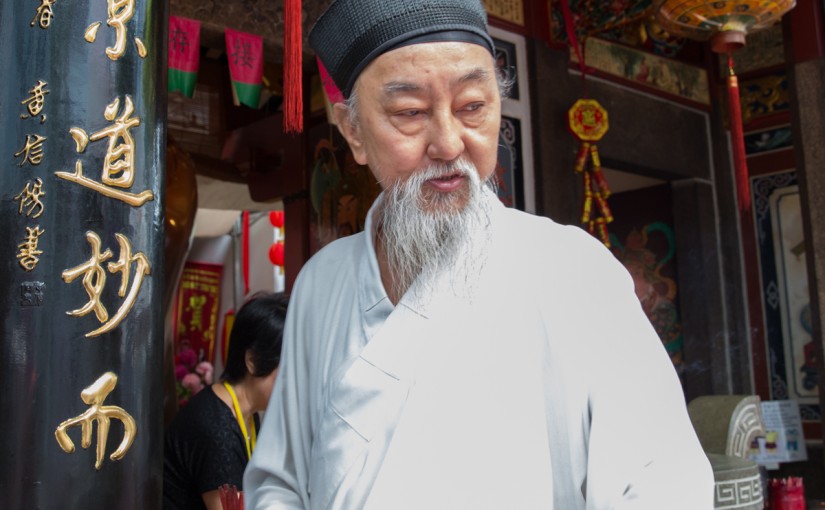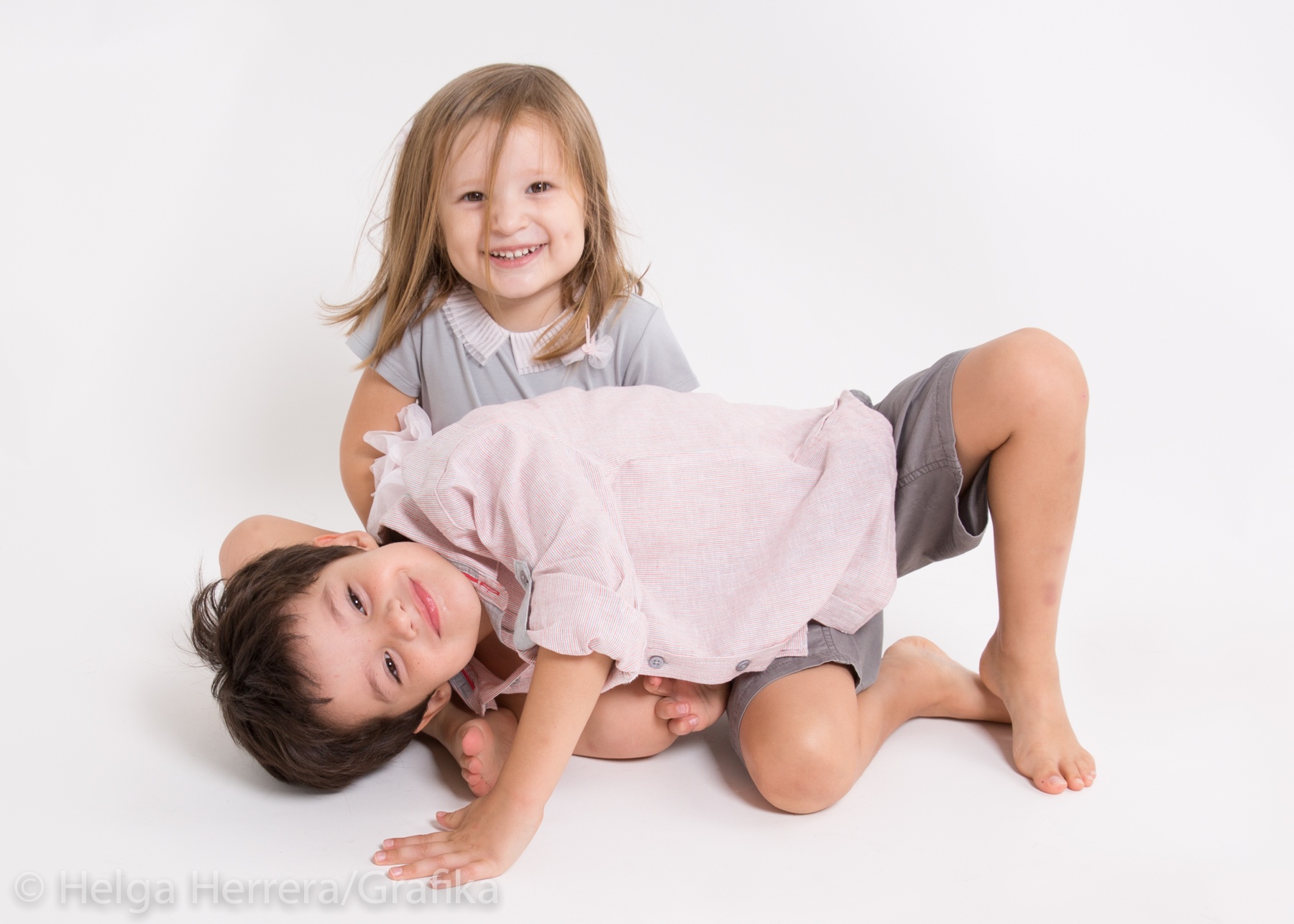Steve McCurry: Unguarded And Decisive Moments
 Contributed by
Helga Herrera
March 11, 2016
Contributed by
Helga Herrera
March 11, 2016

Steve McCurry is undoubtedly one of the most iconic contemporary photographers. People living in Singapore are very lucky to have direct access to Steve McCurry’s work, and while I know everybody can see it online, to see a big museum-grade print of his work is something special.
I have been in Singapore for almost six years, and this is the second time that I have had the chance to visit his exhibition. The first one, a couple of years ago, was a National Geographic exhibition and included some other photographers as well. The current one, at Sundaram Tagore Gallery, exhibits his work exclusively. It is a magnificent display of well-known images that were chosen by McCurry for this exhibition.
I visited Sundaram Tagore Gallery with a group of friends, and we were lucky enough to meet Chelsea, a very friendly art consultant working there, who walked us around and told us the stories behind some of the photos. Patience, and unguarded and decisive moments were some of the concepts we discussed and which are evident in McCurry’s work and I have to admit they’re undoubtedly the essence of great photography. When I first started taking photos, I was concerned about having the right settings and the right lighting, but, little by little, I understood that those are necessary but not sufficient elements for a great photo – it requires more than just fiddling with buttons.
Patience
We stood in front of the photo “Boy in mid-flight, Rajasthan, India 2007” discussing composition and the use of color, which are, of course, perfect; Chelsea told us that McCurry stood in front of that alley for three days before taking the shot. He took photos of different people in movement – static and unconvinced that it was the right subject, until the boy in the picture ran by. He pressed the shutter and he knew he had the shot.
The more I work in photography, especially when working with warm bodies, the more I realize that patience is the key to success. I won’t compare myself to McCurry, but his methods are some that I’ve used myself. I love the photo of a monkey that I took. I must have been there with a zoom lens for at least half an hour. Sometimes you just need to stop and wait until you know you’ve got an opportunity for a great shot, and I think, while photography involves a certain degree of construction, it’s the gaze, the movement and the color – which are out of your control – that make a good photo great.

Unguarded Moment
This is another key element in McCurry’s photography and arguably one that makes his images so iconic and recognizably his. There are very few photos in his collection without a human subject and his oeuvre is a testament to the way he is able to capture humanity in a picture – in a way that suspends our ideas about his subjects as ‘models’. What he does is establish a relationship with the subject that allows him to take a photo that feels less posed and more natural. And it is this that is the essence of an unguarded moment: allowing people vulnerability and letting them trust you with a camera.
To take a photo may take a second, but to capture the essence of a human being may take hours. Often studio photography is stigmatized to be trite, posed and even fake but, when I look at my models, it’s this concept I like to bring into play. It’s not the idealization of people I’m interested in but their essence when they feel their best, or at least when they feel genuine.

Decisive Moment
When it comes down to it, it’s all about being in the right place at the right time, ready to take the photo regardless of how great a photographer you may be. You need to be patient and, maybe, wait for hours before you can press the shutter, or you might get lucky have it happen right away; in any case, you need to be alert and awake at all times! An ideal photographer has to be, to a certain extent, static, and has to know how to wait and listen to every single sound, movement and signal. Although it is easier with digital cameras these days, it can be still be quite tiring and challenging. I can only imagine how it must have been in the film era, when McCurry took many of his award-winning and most recognizable images, such as the “Afghan Girl”.
I read the story behind the photo “Mother and child looking in through a taxi window, Bombay, India 1993” and how, when McCurry was being driven back to his hotel and was waiting at a traffic light, he saw the lady and the child and instinctively took the camera out and used the last two shots on his film to photograph them, almost automatically. He didn’t think too much about it, and it wasn’t until a couple of weeks later, when he was developing the images on that film, that he realized what an amazing photo he had taken. I, myself, have been in a similar situation, but instead of taking the camera out, I remained still. As I mentioned before, observation is good but not without the instinct to take decisive action to capture the moment.
Given the success of McCurry’s exhibition, it has been extended until April 7th. When you go, stand in front of each photo and think not only about composition, contrast and use of color, but try to imagine McCurry taking the photo, because what goes behind a single print, which most think took a hundredth of the time that a sketch did, may have taken even longer – and that’s what I call Art.
Visit Grafika Photography & Design page to find out more about Helga's work.
Click here to see a digital catalogue of Steve McCurry's show.
This post was first published on grafikahelgaherera.com and has been reposted on Executive Lifestyle with the permission of the author. Photos by Grafika
Edited by Nedda Chaplin
Did you enjoy this post? Please comment, like and share!











Sorry, the comment form is closed at this time.